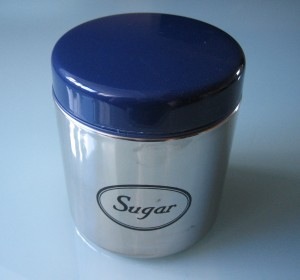Pound? Doesn’t it feel like at least seven pounds of weight gain, all of it blubber?
A lot of us start indulging at Thanksgiving (some at Halloween) and don’t stop the free style calorie fest until those onerous New Year’s Resolutions. Then, because we feel guilty about indulgences, we swear we won’t touch another cookie or piece of cake or candy until we lose massive amounts of weight.
That resolution is doomed to fail because it is unrealistic. Banning something entirely (unless it is for very specific reasons) equates to deprivation. That almost always leads to you know what: admitting you can’t stand it and chowing down on a box of cookies, half a pie, or three candy bars (definitely super-sized) in a row. [Read more…] about Winter Holiday Weight Gain: Is It Seven Or Is It One . . .




